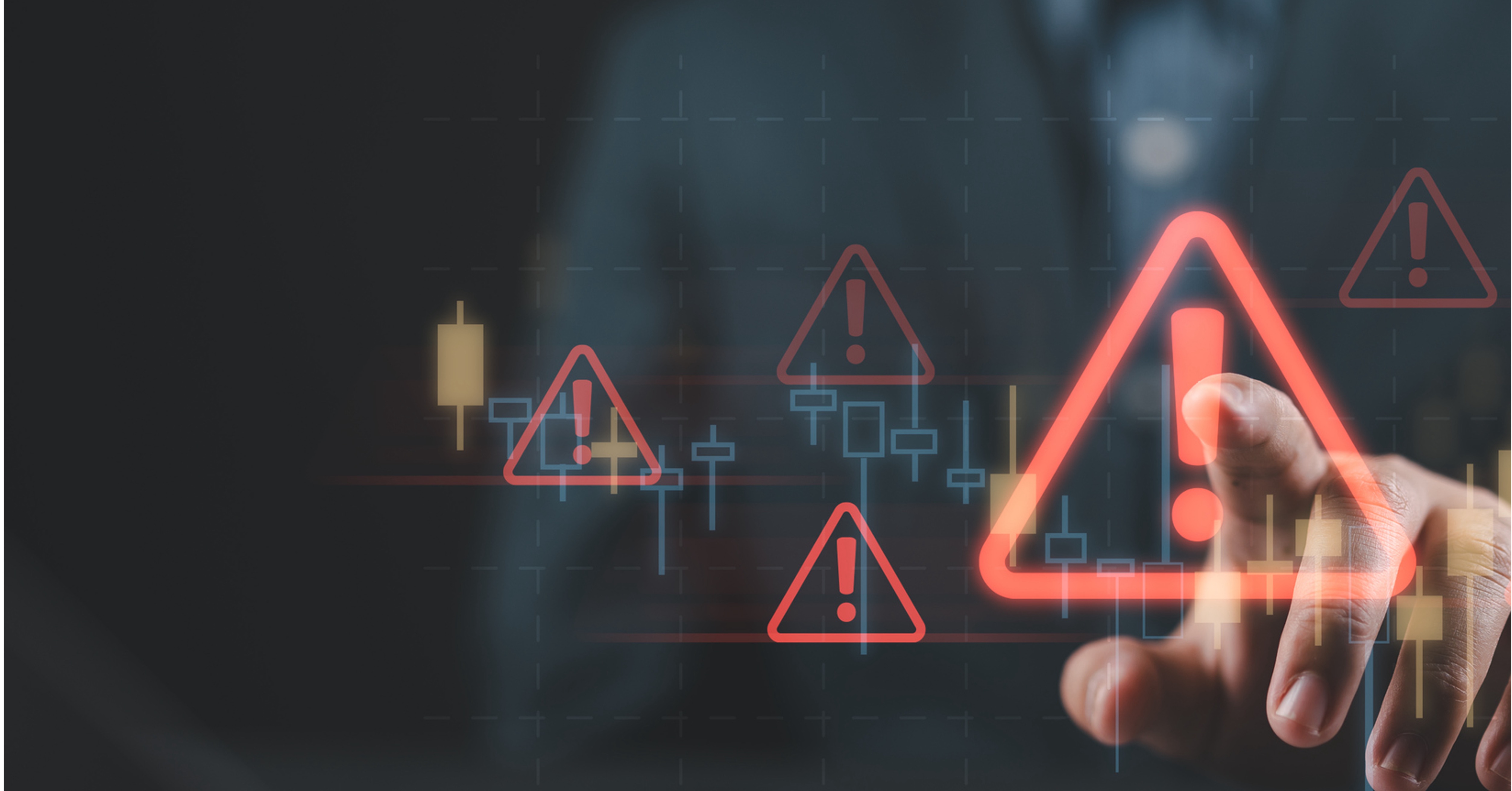
Shortly after CCC released its 25th Crash Course report in March 2020, the World Health Organization proclaimed COVID-19 a pandemic. What followed pushed the pace of change across global markets to unprecedented levels, including the multi-trillion-dollar P&C insurance economy. The industry was already in the midst of a digital transformation, focused on digitizing the insurance claims and repair process with new virtual estimating tools, self-guided mobile experiences, and more. New vehicle technologies were also proliferating – ADAS (e.g., blind spot alerts, lane departure warnings, automatic emergency breaking), stolen vehicle software, connected smart phone apps were just the start. The result has been a significant increase in the volume, velocity, and variety of data being created, and with it, new levels of complexity for the industry. Our 26th Crash Course reflects on this growing complexity and identifies vital opportunities for innovation as we emerge from the pandemic.
- The COVID-19 pandemic sparked consumer interest in usage-based insurance. We already know that the pandemic had an unprecedented impact on daily trips and miles driven — as of December 2020, a study found that 50% of vehicle owners drove less.2 New data shows that this temporary shift in driving behavior led to 32% growth year-over-year in consumer interest in usage-based insurance, sparking what will likely be a long-term transformation in how drivers think about personal mobility, their relationships to their cars, their insurers, and their auto manufacturers. For example, the percent of customers comfortable with insurers using customer driving data to evaluate pricing, such as miles driven, increased from 41% to 54% in 2020 alone.3The billions of points of telematics data produced from an increase of connected cars on the road presents new opportunities for players across the insurance economy to interact with their customers in new ways, from providing information to the customer regarding service or software updates, to leveraging OEM information to inform a repair, identifying when an accident and a potential loss has occurred, or providing recommendations to avoid traffic congestion.
- Increasing vehicle complexity spurs need for investments in diagnostic tools and training within the collision repair industry. Connected car data not only presents an opportunity for insurers, automakers, and repairers to engage with their customers, it also presents an opportunity for players across the automotive ecosystem to interact and partner together to improve the customer experience. Today, OEMs use a wide variety of technologies to build connected cars, which has created a new challenge for repairers, as the number of sensors, parts, and capabilities they need to understand grows exponentially. To address, collision repairers face the need to make investments in tools, training, and data, such as diagnostic scanning equipment, to efficiently return connected cars to their pre-accident condition. These technologies that will help mitigate rising repair costs and cycle time to keep customers satisfied with the overall experience.
- With innovations to vehicle telematics, industry players can build a network to streamline vehicle ownership and repair processes. Today, vehicle telematics and other crash-detection analytics can automatically identify when a collision occurs and share that information directly with the OEM and/or insurer, triggering vehicle routing and preferred method of inspection. As the industry continues to innovate, more data from the vehicle could be collected to identify needed repairs. This data could include damage area, triggered diagnostic trouble codes, change in the velocity/speed of the vehicle from the crash (Delta-v), and other information. This data collection could even become automated, driving the need to have the right connections in place to streamline the overall vehicle ownership and repair processes.
As our world and our industry evolve, CCC’s experienced data scientists and engineers are innovating AI, mobile, and telematics solutions to help our clients create meaningful interactions at scale. Stay up to speed with trends in telematics and connected data by downloading Crash Course, the industry-leading report revealing insights on the business, consumer, environmental, and technology trends shaping the P&C insurance economy. --Sources:1 – CCC Crash Course 2021, Figure 66.2 – ENGINE CARAVAN. “Driving Change in Auto Insurance.” December 1, 2020.3 - Continental Press Release, 2020-12-09. “Increasing Importance of Private Transportation During the Pandemic: Continental Mobility Study 2020.”

Shortly after CCC released its 25th Crash Course report in March 2020, the World Health Organization proclaimed COVID-19 a pandemic. What followed pushed the pace of change across global markets to unprecedented levels, including the multi-trillion-dollar P&C insurance economy. The industry was already in the midst of a digital transformation, focused on digitizing the insurance claims and repair process with new virtual estimating tools, self-guided mobile experiences, and more. New vehicle technologies were also proliferating – ADAS (e.g., blind spot alerts, lane departure warnings, automatic emergency breaking), stolen vehicle software, connected smart phone apps were just the start. The result has been a significant increase in the volume, velocity, and variety of data being created, and with it, new levels of complexity for the industry. Our 26th Crash Course reflects on this growing complexity and identifies vital opportunities for innovation as we emerge from the pandemic.
- The COVID-19 pandemic sparked consumer interest in usage-based insurance. We already know that the pandemic had an unprecedented impact on daily trips and miles driven — as of December 2020, a study found that 50% of vehicle owners drove less.2 New data shows that this temporary shift in driving behavior led to 32% growth year-over-year in consumer interest in usage-based insurance, sparking what will likely be a long-term transformation in how drivers think about personal mobility, their relationships to their cars, their insurers, and their auto manufacturers. For example, the percent of customers comfortable with insurers using customer driving data to evaluate pricing, such as miles driven, increased from 41% to 54% in 2020 alone.3The billions of points of telematics data produced from an increase of connected cars on the road presents new opportunities for players across the insurance economy to interact with their customers in new ways, from providing information to the customer regarding service or software updates, to leveraging OEM information to inform a repair, identifying when an accident and a potential loss has occurred, or providing recommendations to avoid traffic congestion.
- Increasing vehicle complexity spurs need for investments in diagnostic tools and training within the collision repair industry. Connected car data not only presents an opportunity for insurers, automakers, and repairers to engage with their customers, it also presents an opportunity for players across the automotive ecosystem to interact and partner together to improve the customer experience. Today, OEMs use a wide variety of technologies to build connected cars, which has created a new challenge for repairers, as the number of sensors, parts, and capabilities they need to understand grows exponentially. To address, collision repairers face the need to make investments in tools, training, and data, such as diagnostic scanning equipment, to efficiently return connected cars to their pre-accident condition. These technologies that will help mitigate rising repair costs and cycle time to keep customers satisfied with the overall experience.
- With innovations to vehicle telematics, industry players can build a network to streamline vehicle ownership and repair processes. Today, vehicle telematics and other crash-detection analytics can automatically identify when a collision occurs and share that information directly with the OEM and/or insurer, triggering vehicle routing and preferred method of inspection. As the industry continues to innovate, more data from the vehicle could be collected to identify needed repairs. This data could include damage area, triggered diagnostic trouble codes, change in the velocity/speed of the vehicle from the crash (Delta-v), and other information. This data collection could even become automated, driving the need to have the right connections in place to streamline the overall vehicle ownership and repair processes.
As our world and our industry evolve, CCC’s experienced data scientists and engineers are innovating AI, mobile, and telematics solutions to help our clients create meaningful interactions at scale. Stay up to speed with trends in telematics and connected data by downloading Crash Course, the industry-leading report revealing insights on the business, consumer, environmental, and technology trends shaping the P&C insurance economy. --Sources:1 – CCC Crash Course 2021, Figure 66.2 – ENGINE CARAVAN. “Driving Change in Auto Insurance.” December 1, 2020.3 - Continental Press Release, 2020-12-09. “Increasing Importance of Private Transportation During the Pandemic: Continental Mobility Study 2020.”







